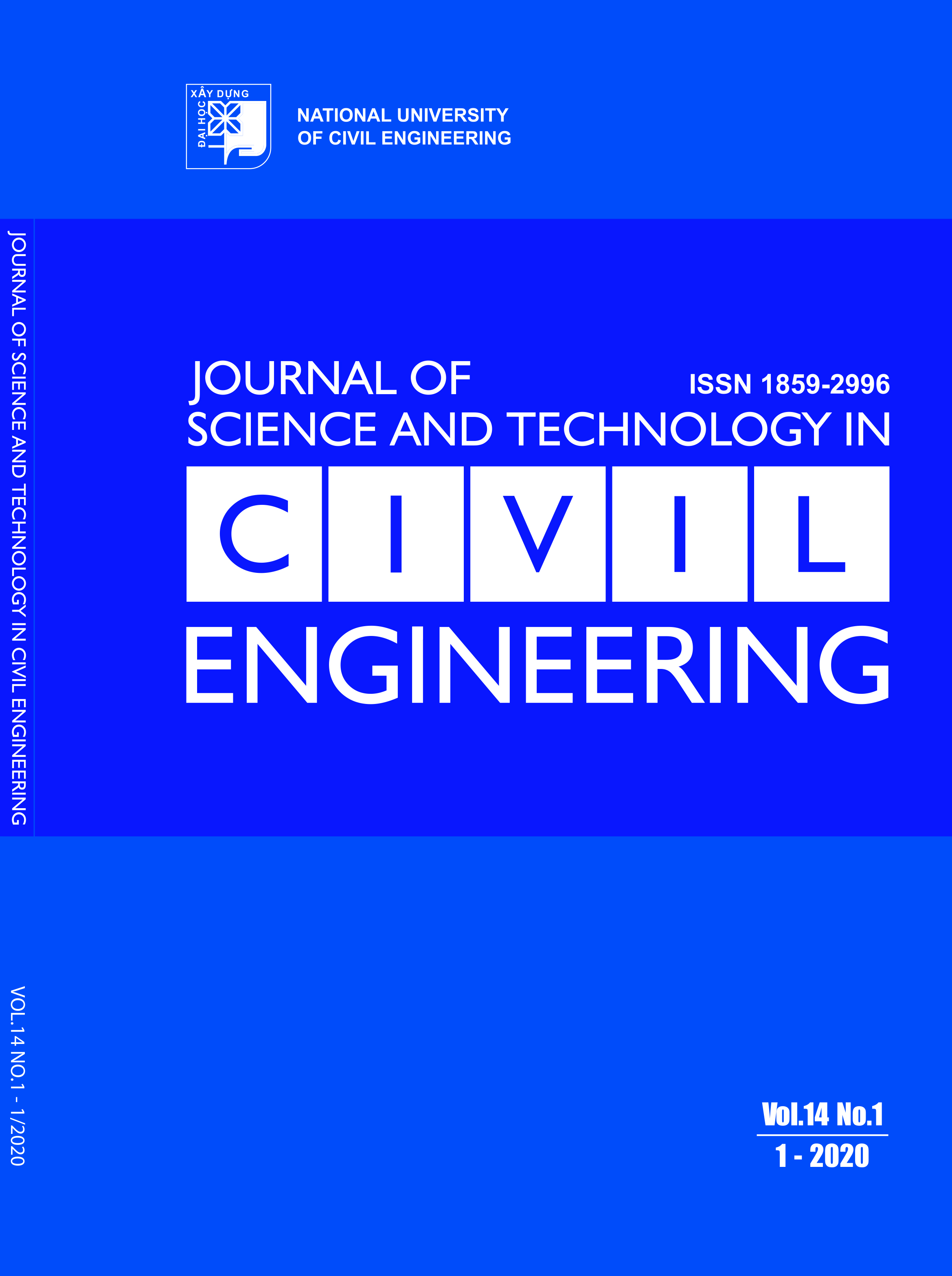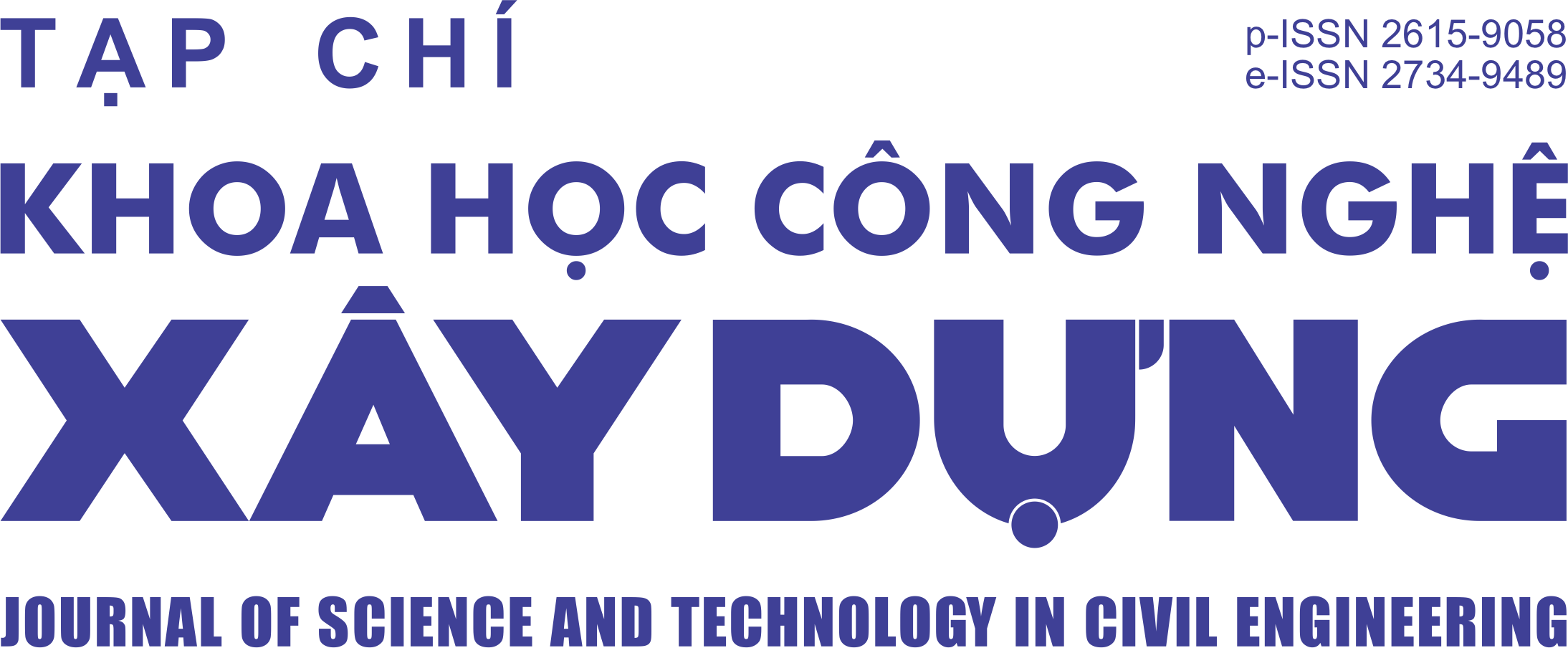Multidiscilinary design optimization for aircraft wing using response surface method, genetic algorithm, and simulated annealing
Abstract
Multidisciplinary Design Optimization (MDO) has received a considerable attention in aerospace industry. The article develops a novel framework for Multidisciplinary Design Optimization of aircraft wing. Practically, the study implements a high-fidelity fluid/structure analyses and accurate optimization codes to obtain the wing with best performance. The Computational Fluid Dynamics (CFD) grid is automatically generated using Gridgen (Pointwise) and Catia. The fluid flow analysis is carried out with Ansys Fluent. The Computational Structural Mechanics (CSM) mesh is automatically created by Patran Command Language. The structural analysis is done by Nastran. Aerodynamic pressure is transferred to finite element analysis model using Volume Spline Interpolation. In terms of optimization algorithms, Response Surface Method, Genetic Algorithm, and Simulated Annealing are utilized to get global optimum. The optimization objective functions are minimizing weight and maximizing lift/drag. The design variables are aspect ratio, tapper ratio, sweepback angle. The optimization results demonstrate successful and desiable construction of MDO framework.
Keywords:
Multidisciplinary Design Optimization; fluid/structure analyses; global optimum; Genetic Algorithm; Response Surface Method.
Downloads
Copyright (c) 2020 National University of Civil Engineering

This work is licensed under a Creative Commons Attribution-NonCommercial-NoDerivatives 4.0 International License.
1. The Author assigns all copyright in and to the article (the Work) to the Journal of Science and Technology in Civil Engineering (JSTCE) – Hanoi University of Civil Engineering (HUCE), including the right to publish, republish, transmit, sell and distribute the Work in whole or in part in electronic and print editions of the Journal, in all media of expression now known or later developed.
2. By this assignment of copyright to the JSTCE, reproduction, posting, transmission, distribution or other use of the Work in whole or in part in any medium by the Author requires a full citation to the Journal, suitable in form and content as follows: title of article, authors’ names, journal title, volume, issue, year, copyright owner as specified in the Journal, DOI number. Links to the final article published on the website of the Journal are encouraged.
3. The Author and the company/employer agree that any and all copies of the final published version of the Work or any part thereof distributed or posted by them in print or electronic format as permitted herein will include the notice of copyright as stipulated in the Journal and a full citation to the Journal as published on the website.







